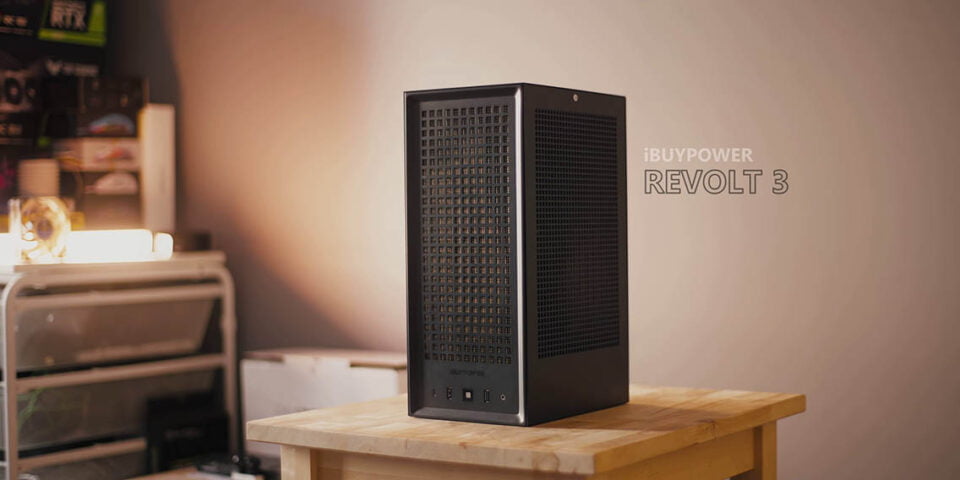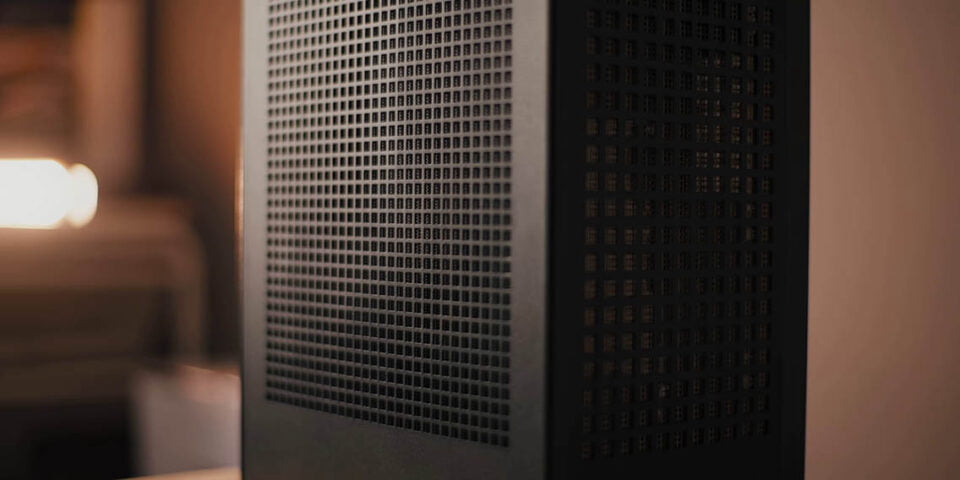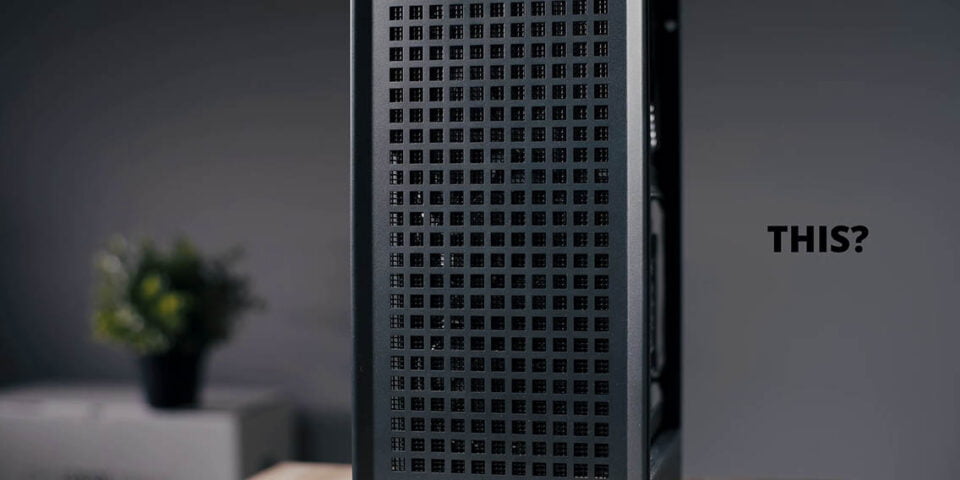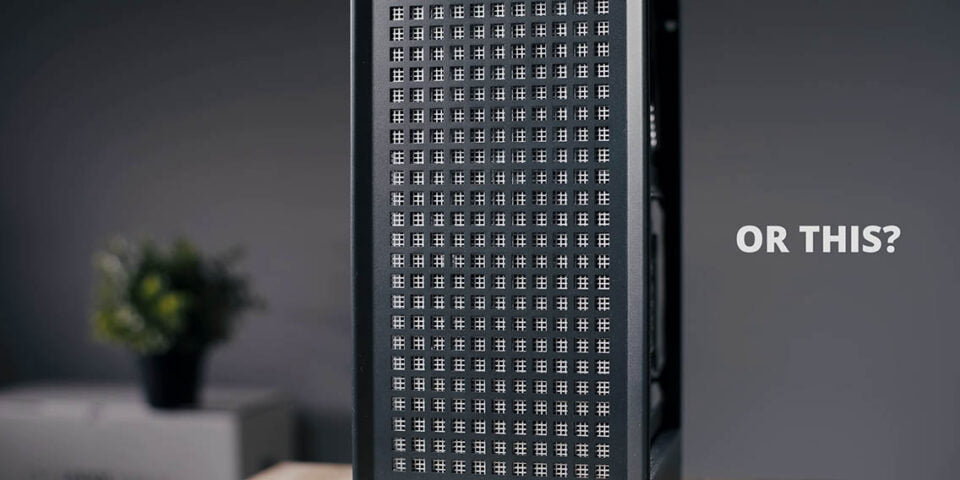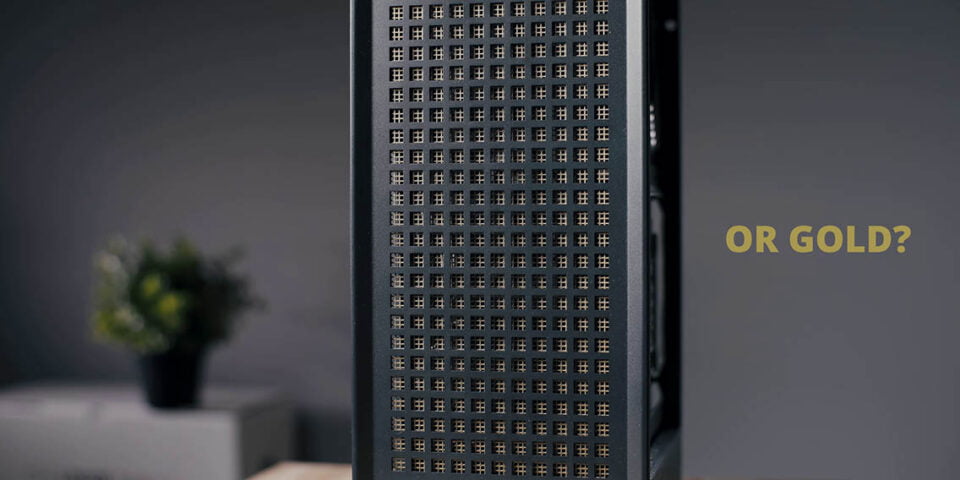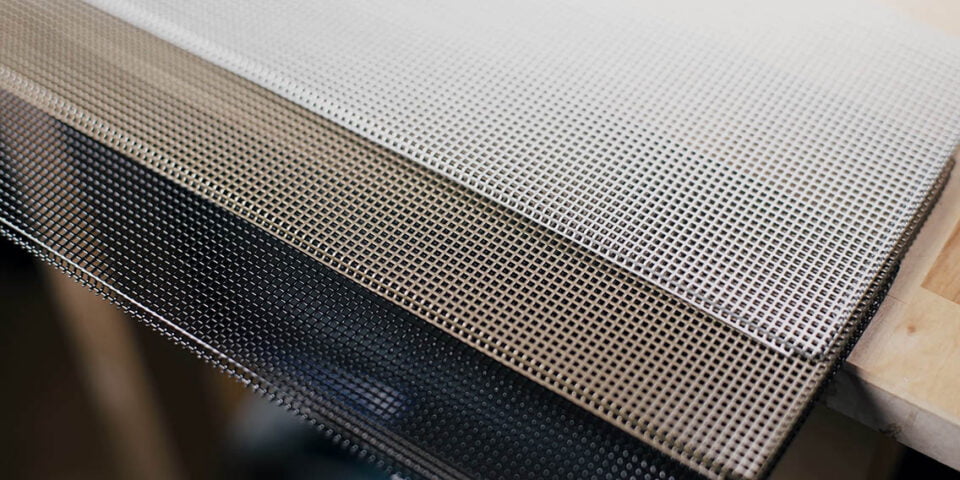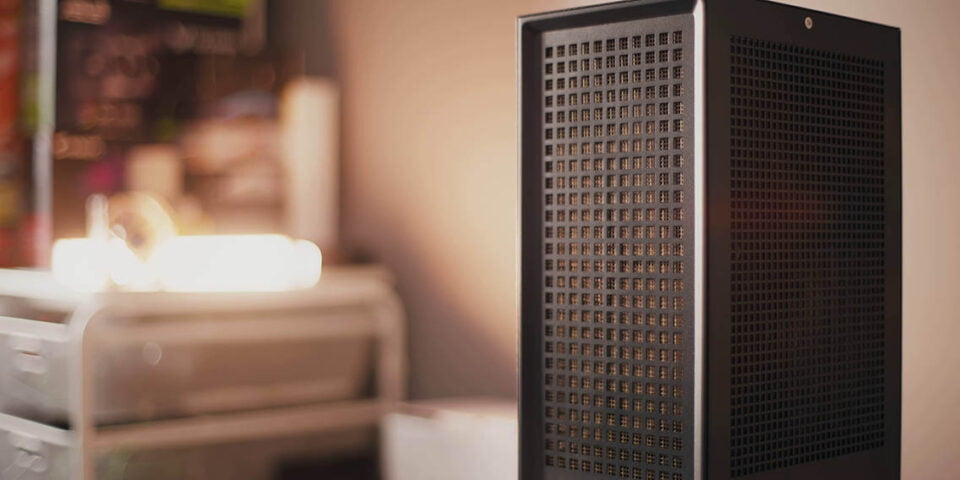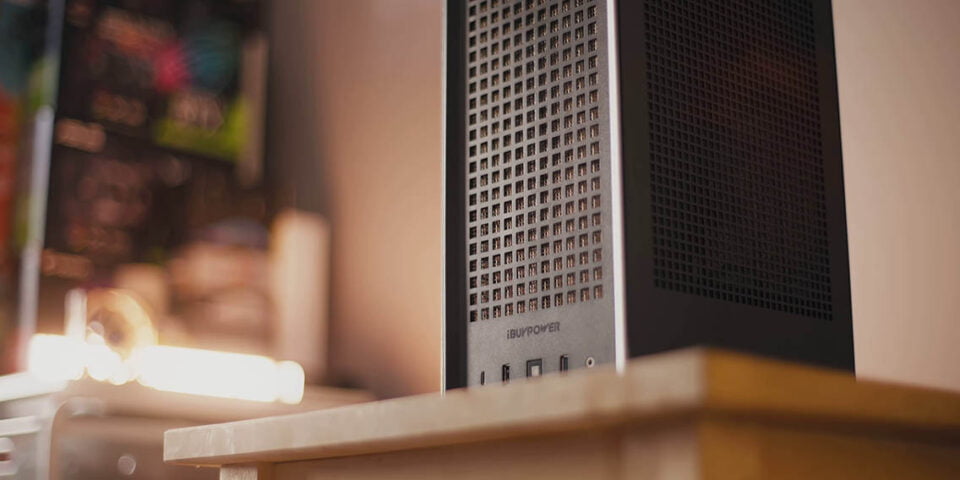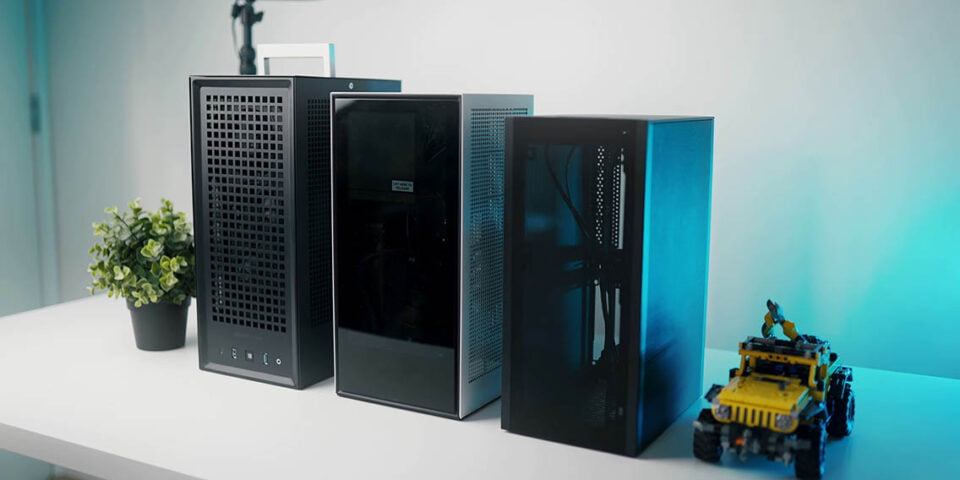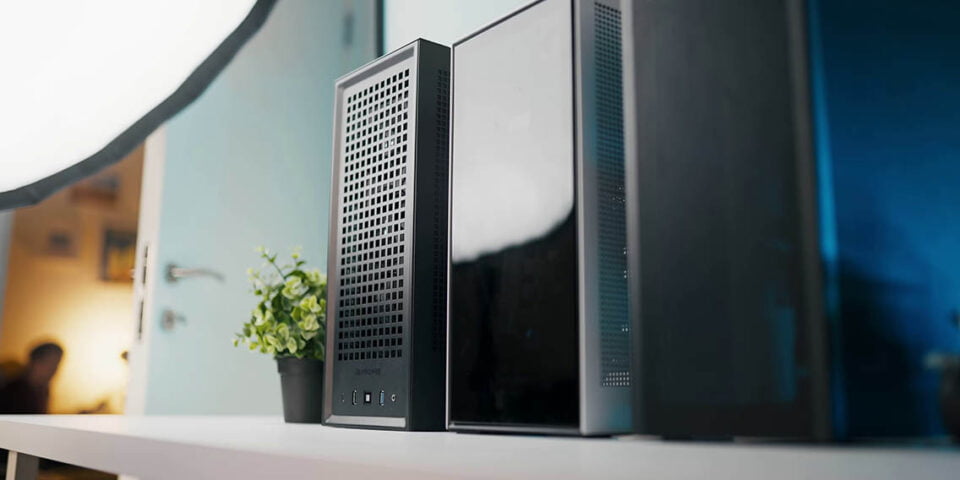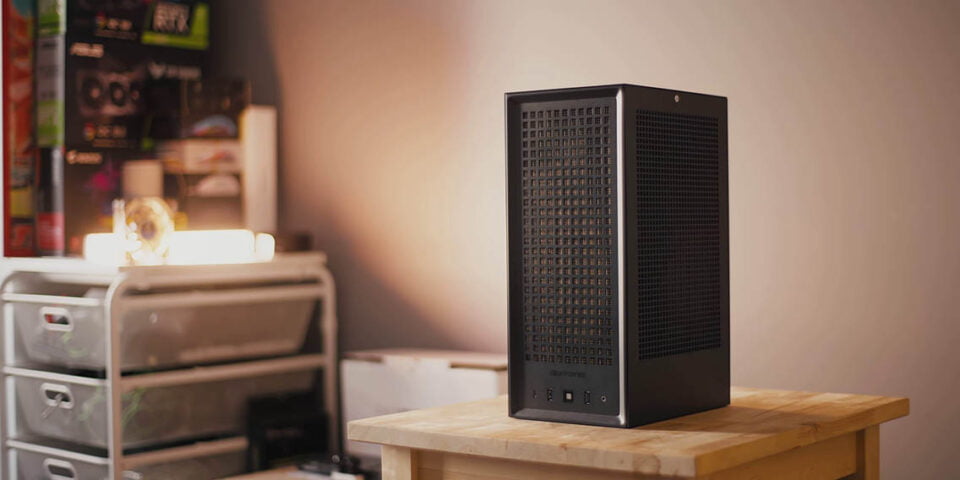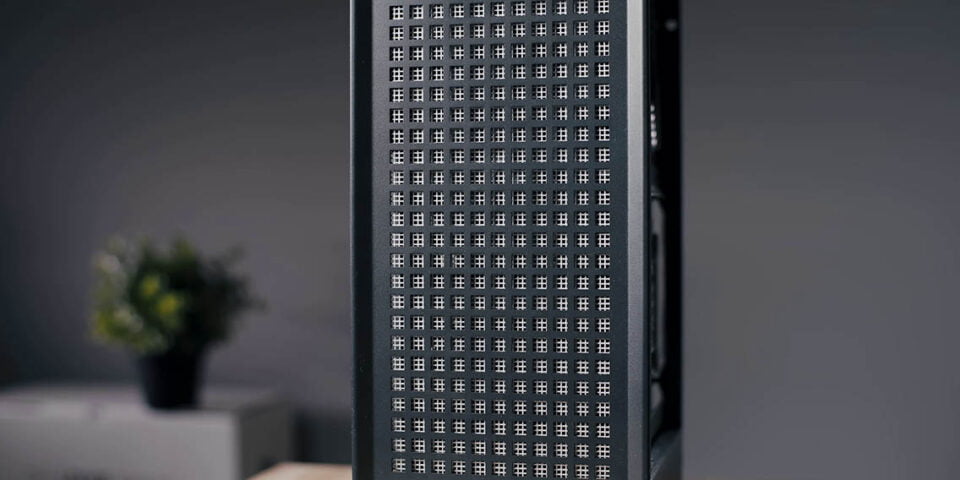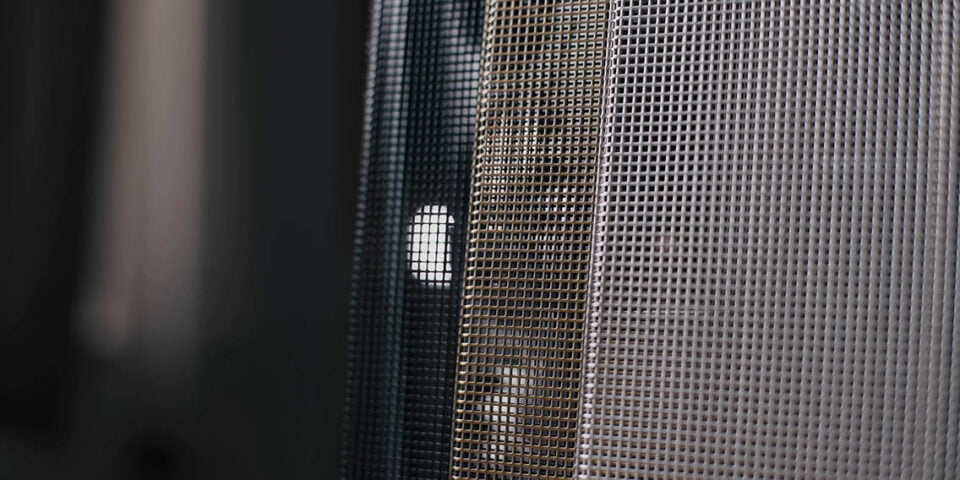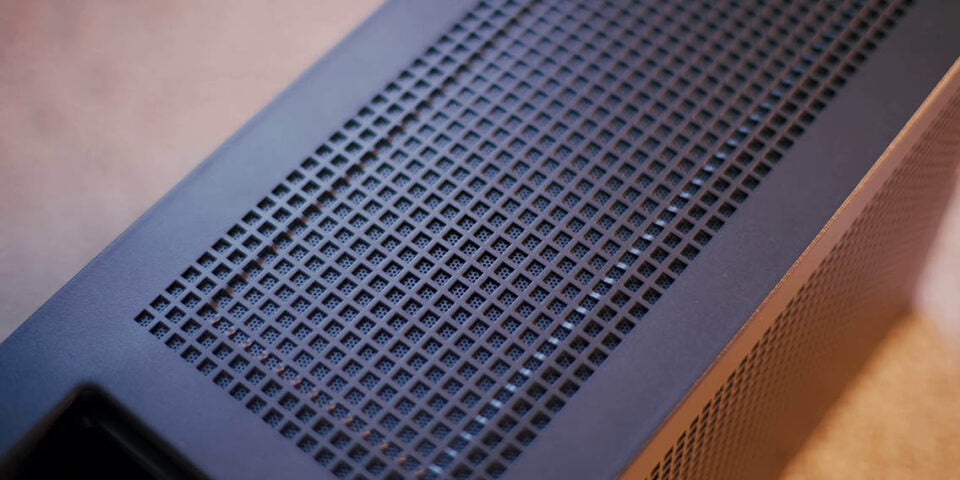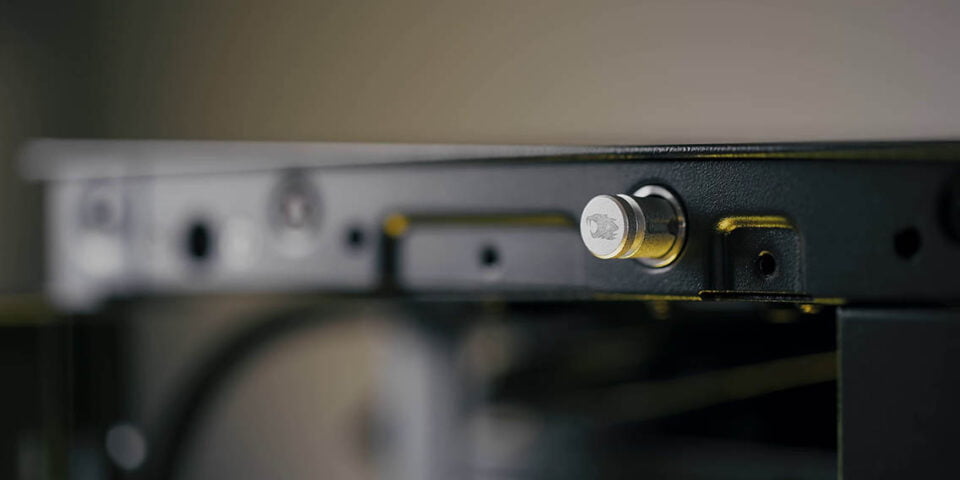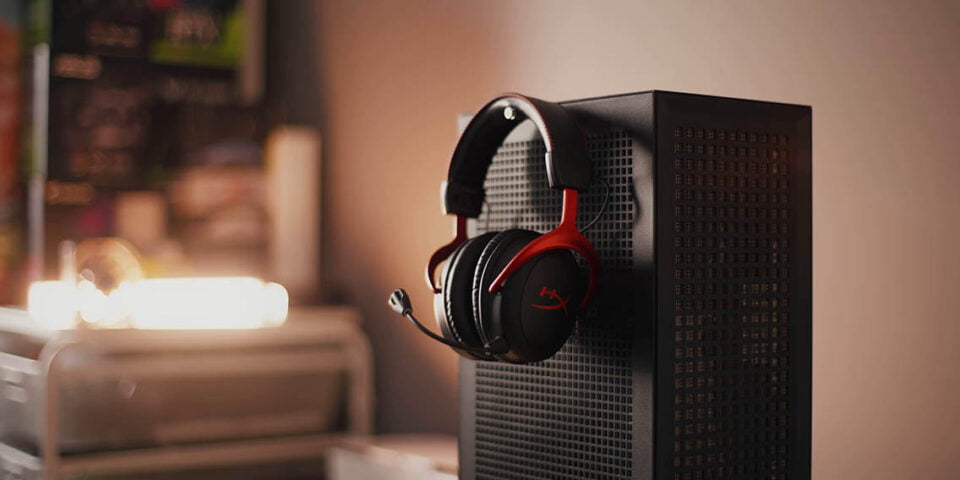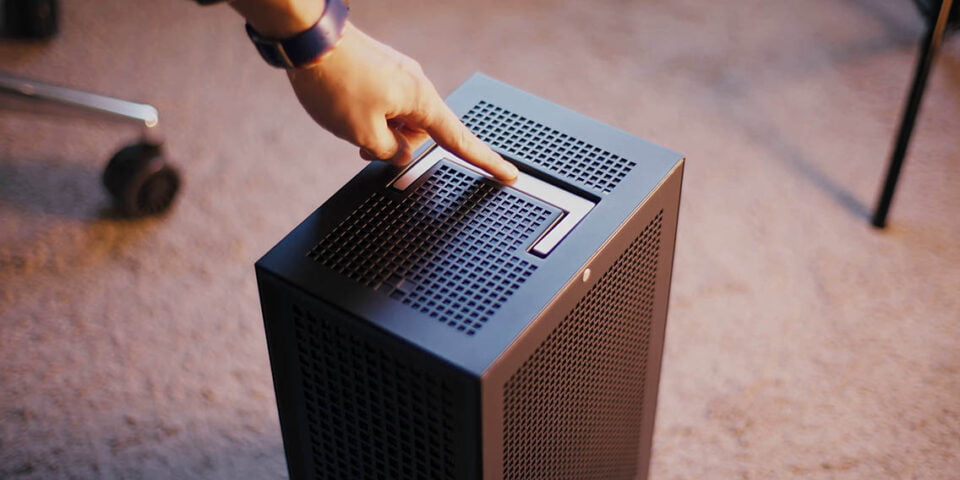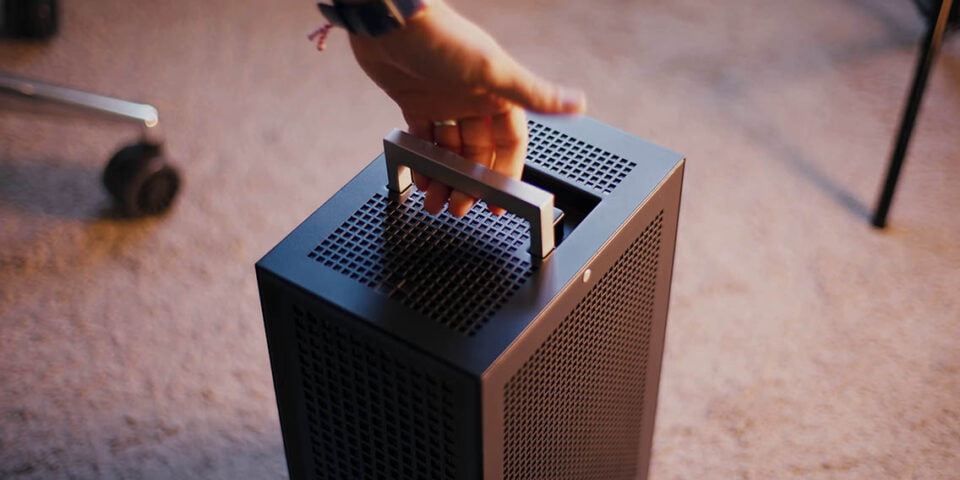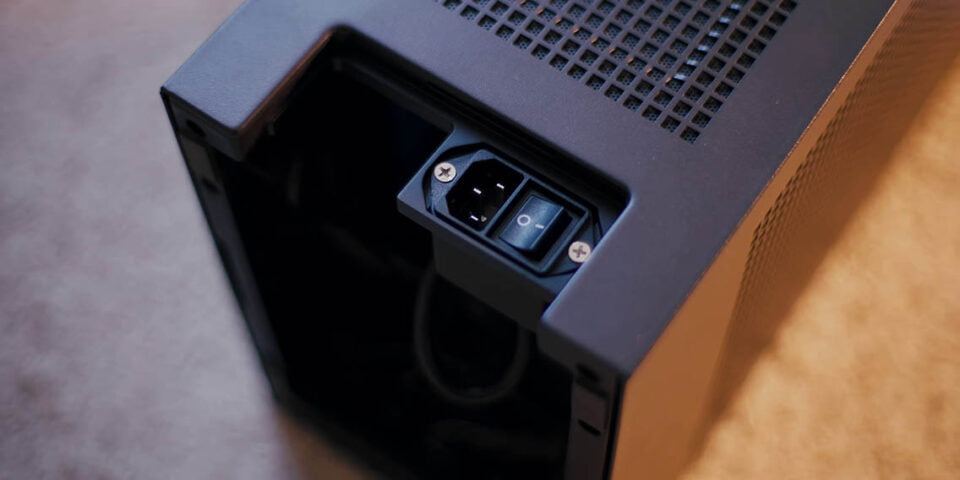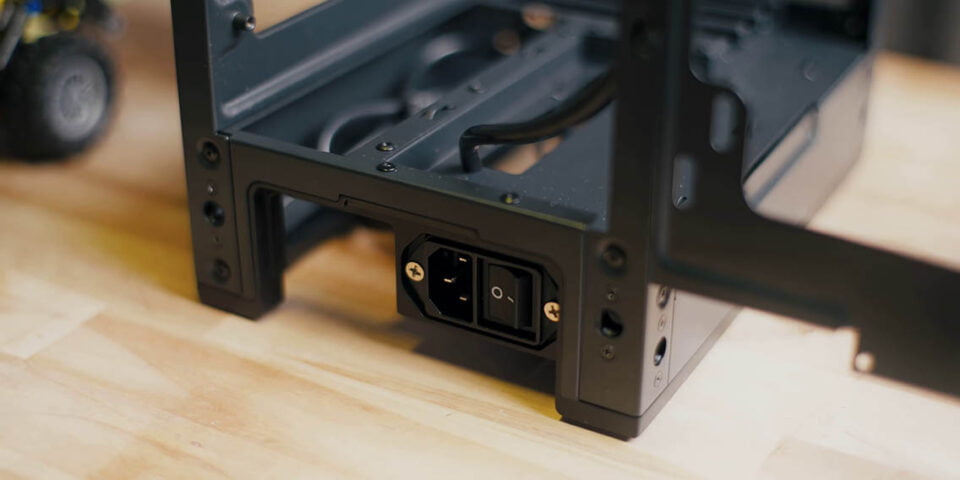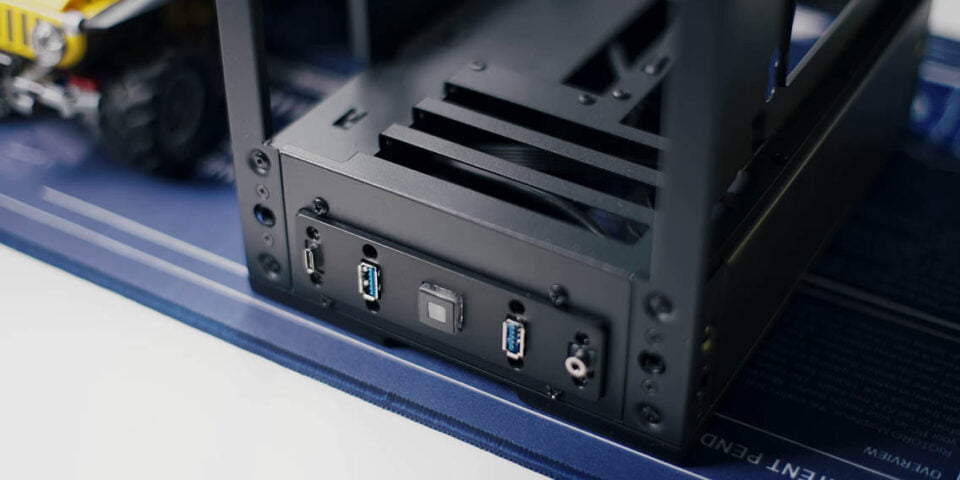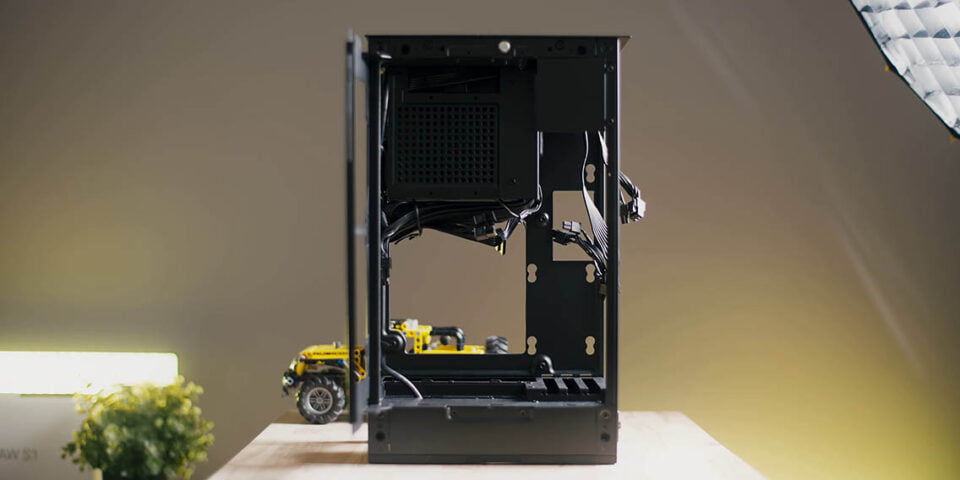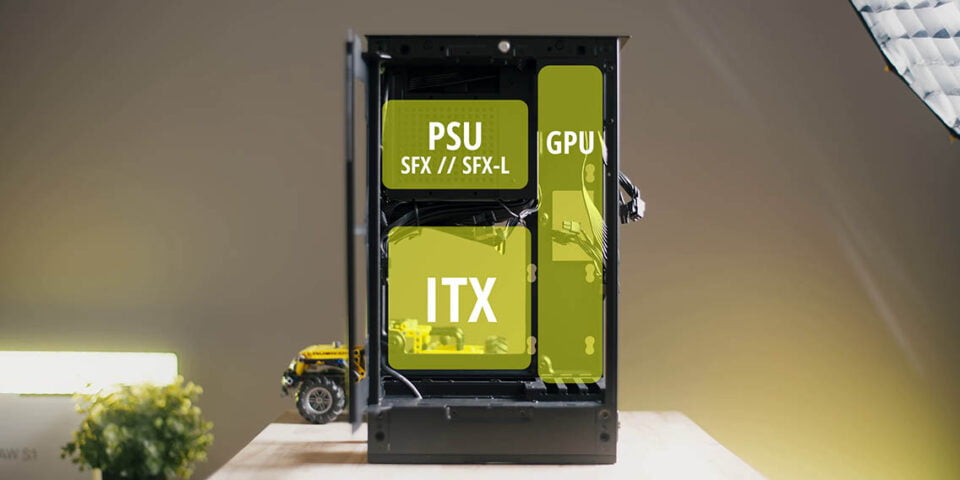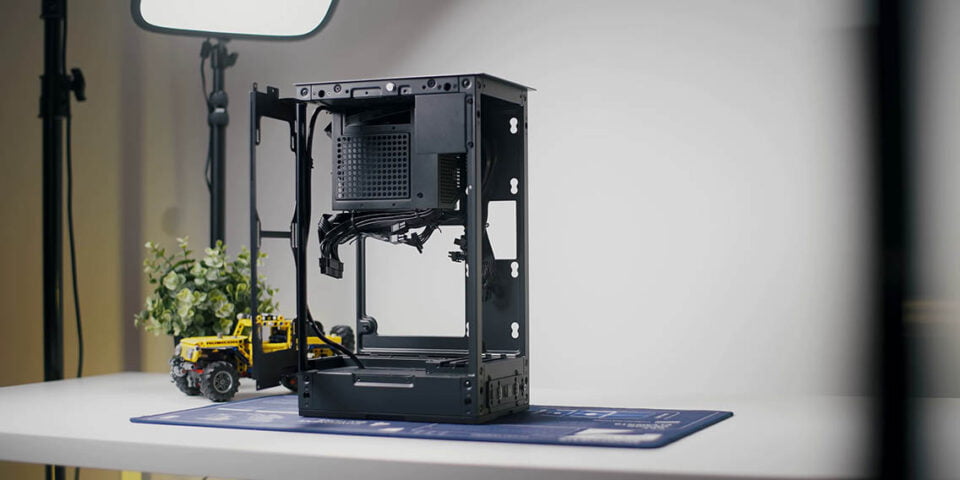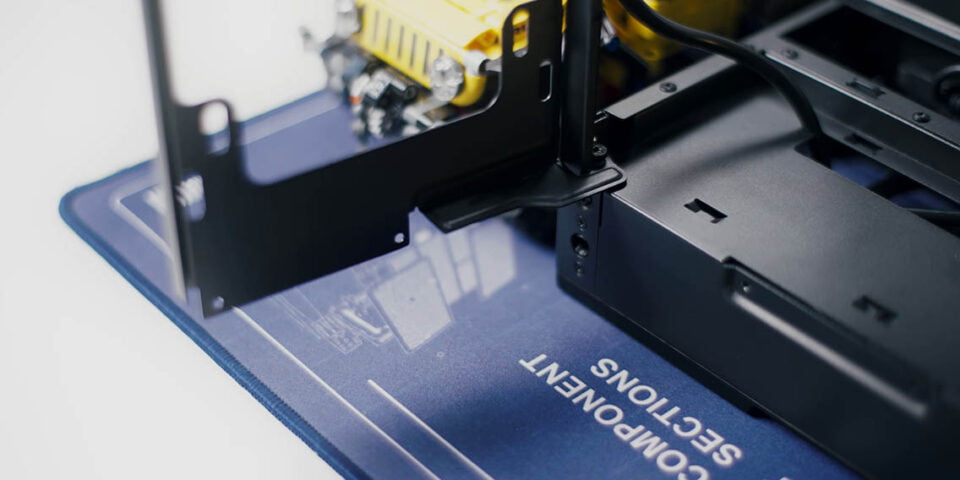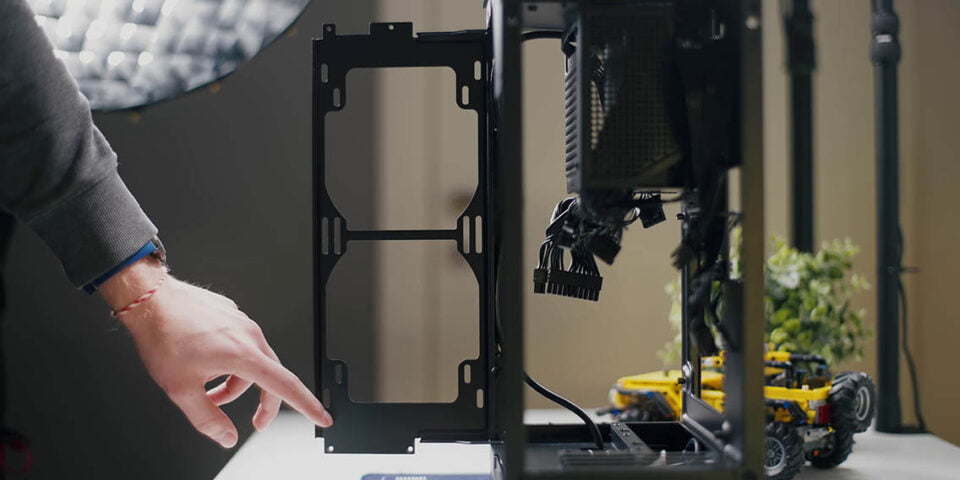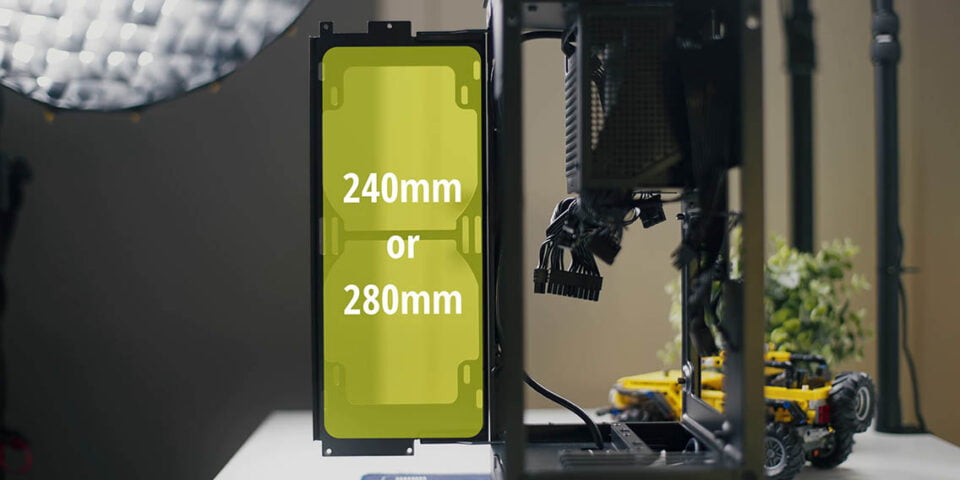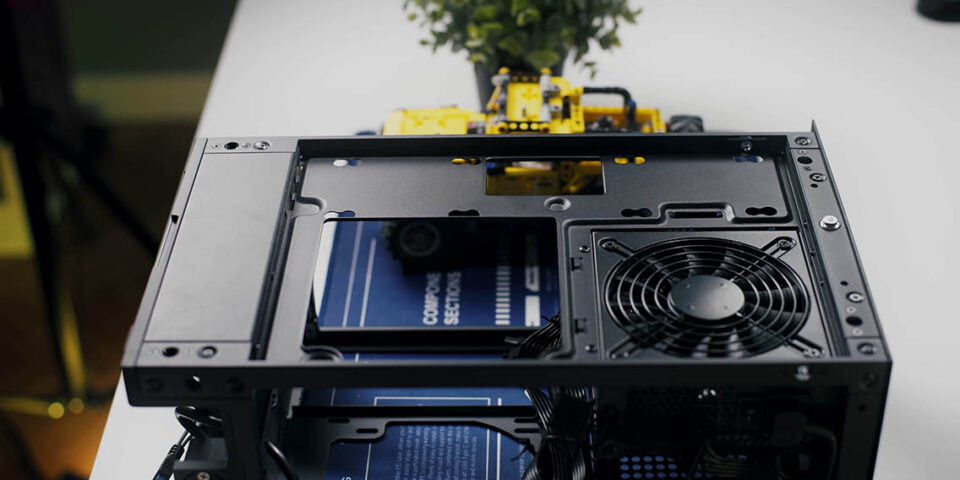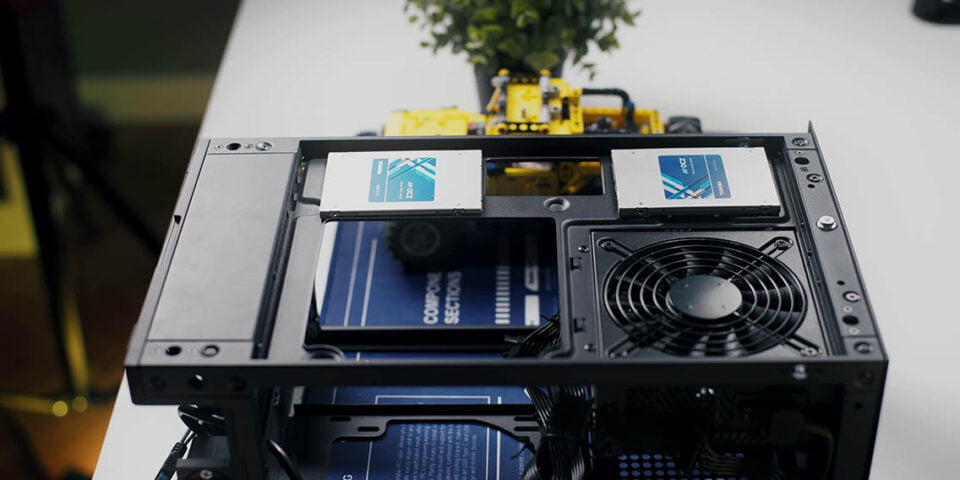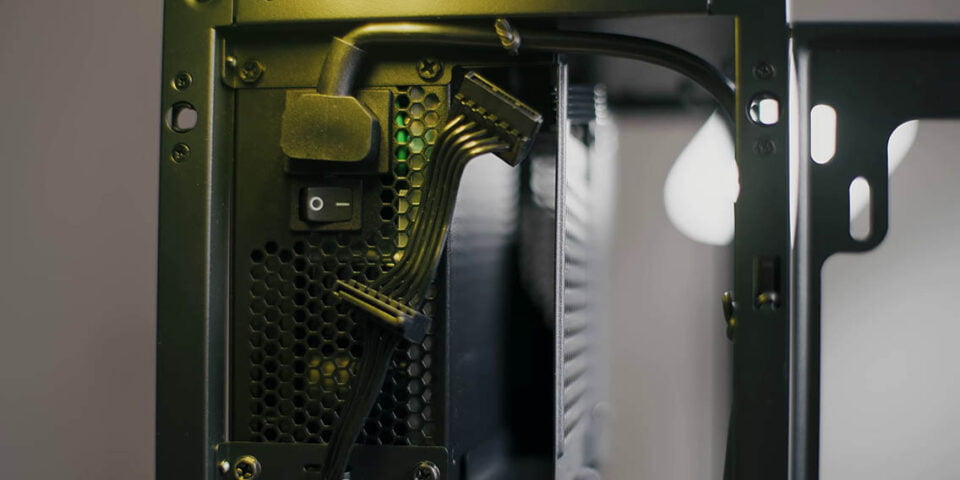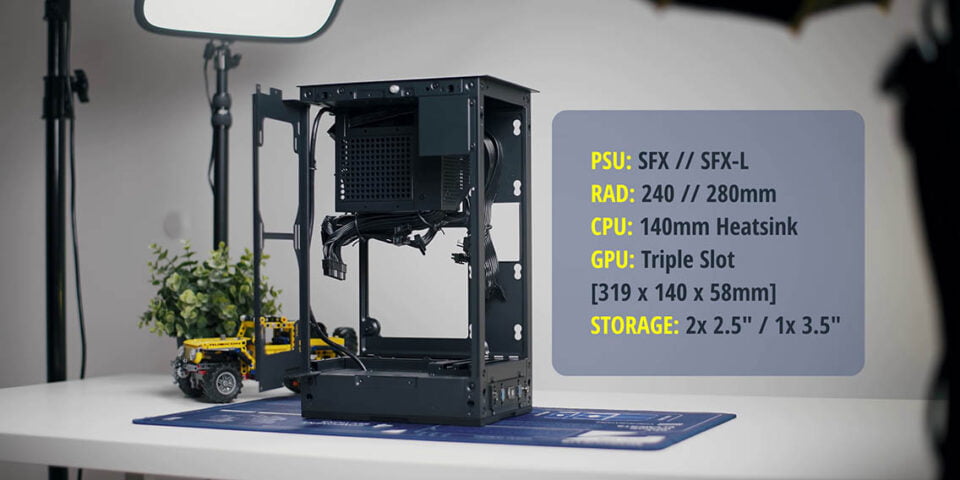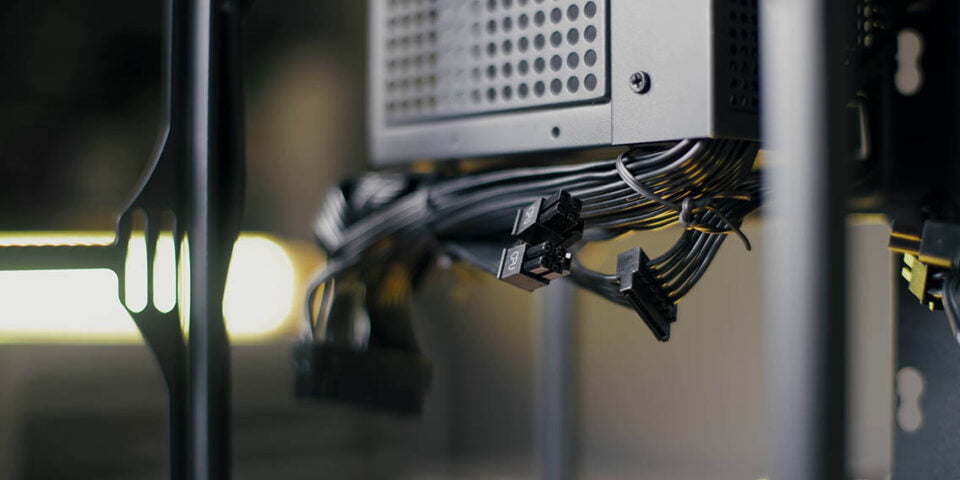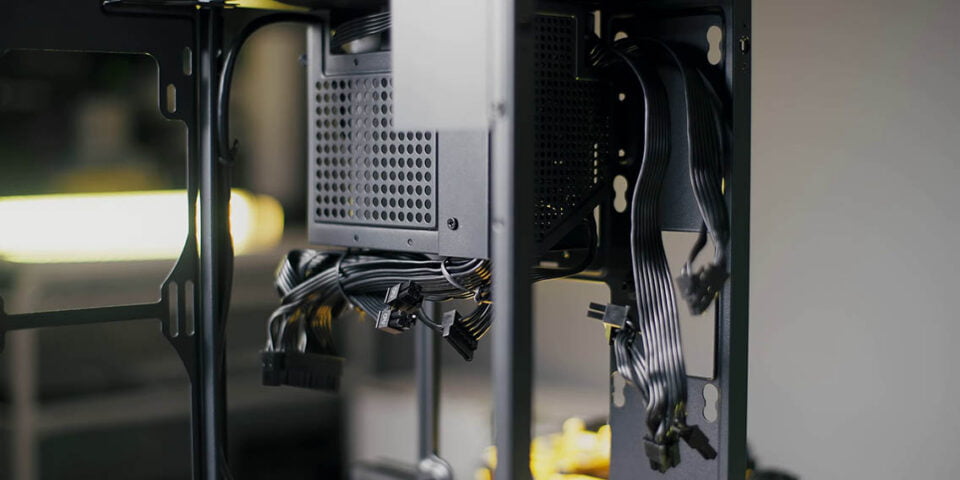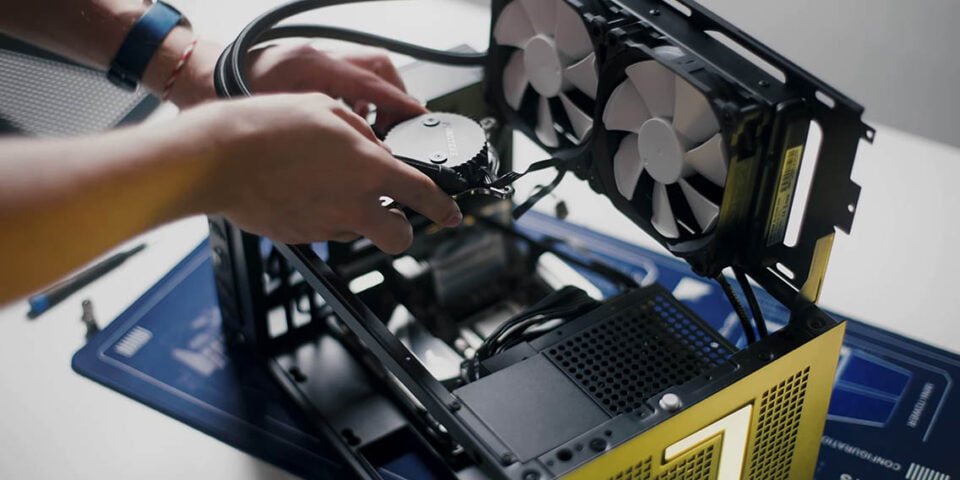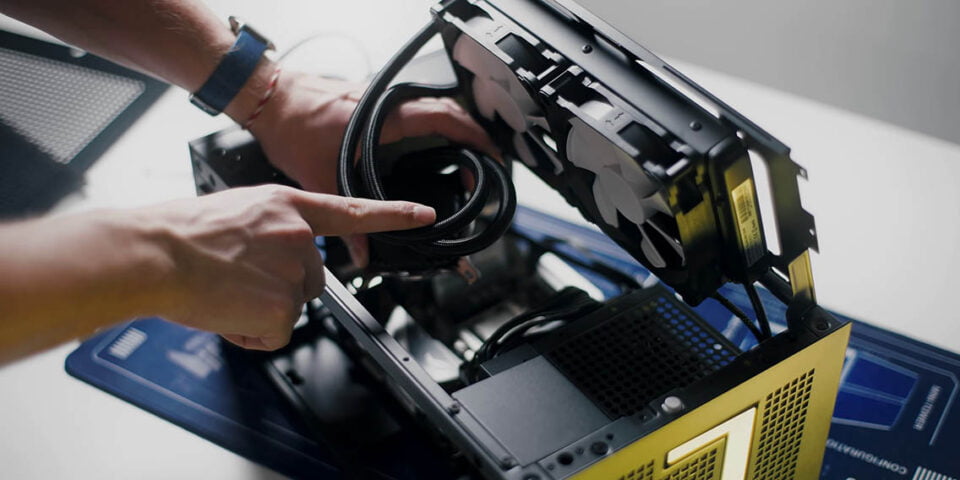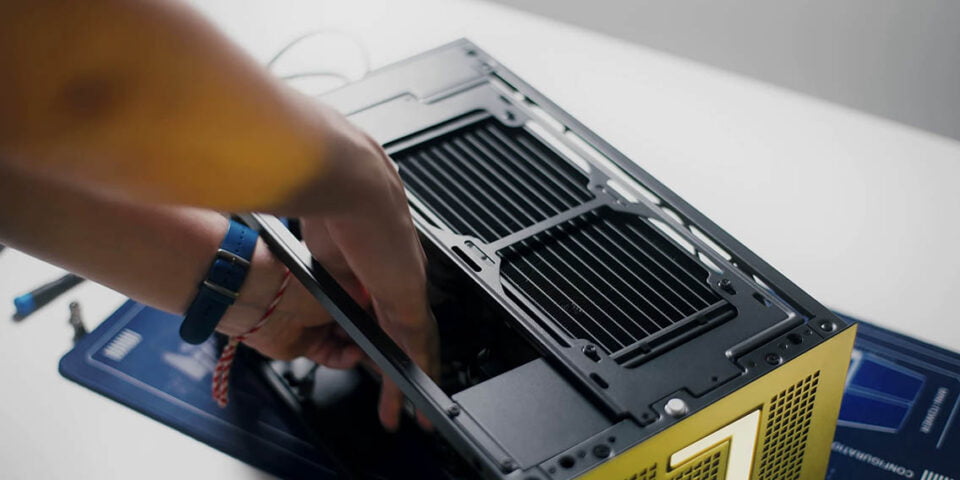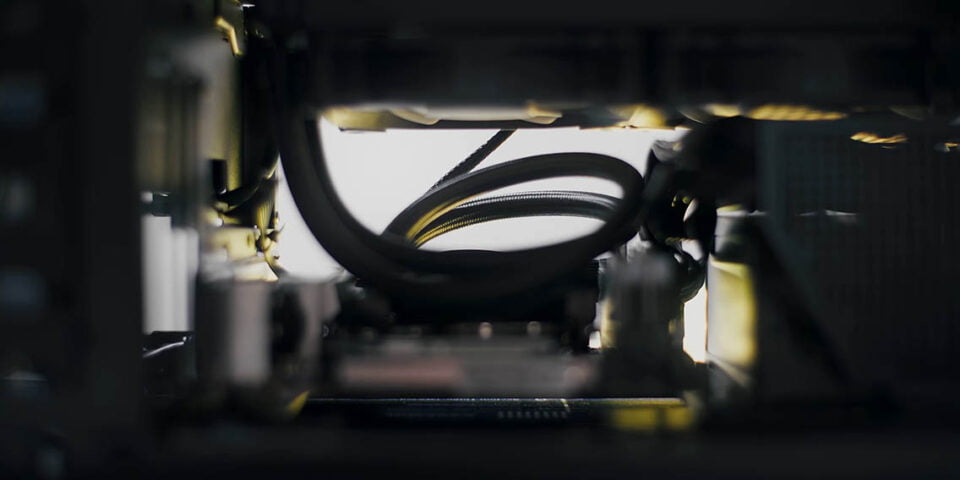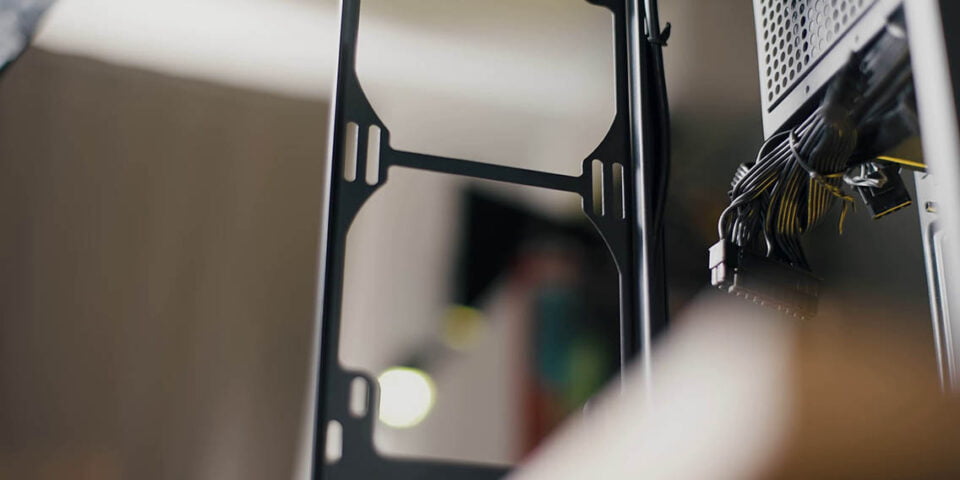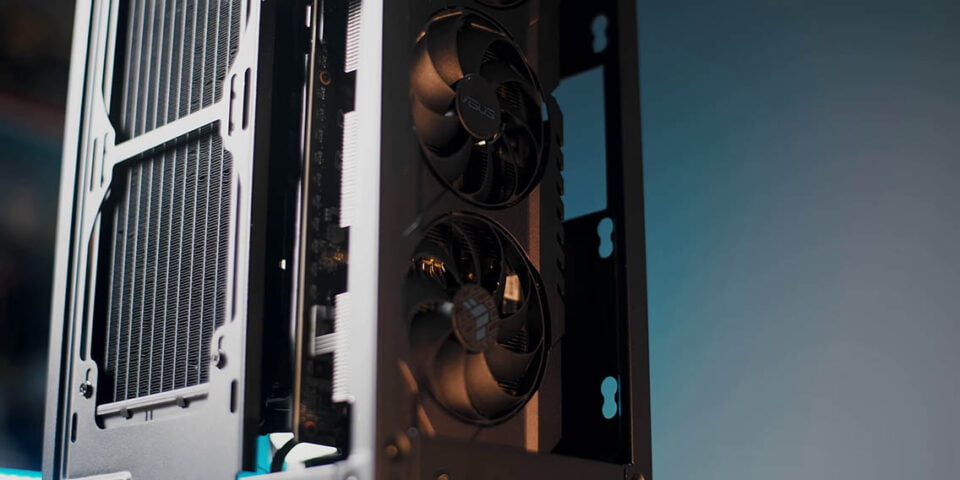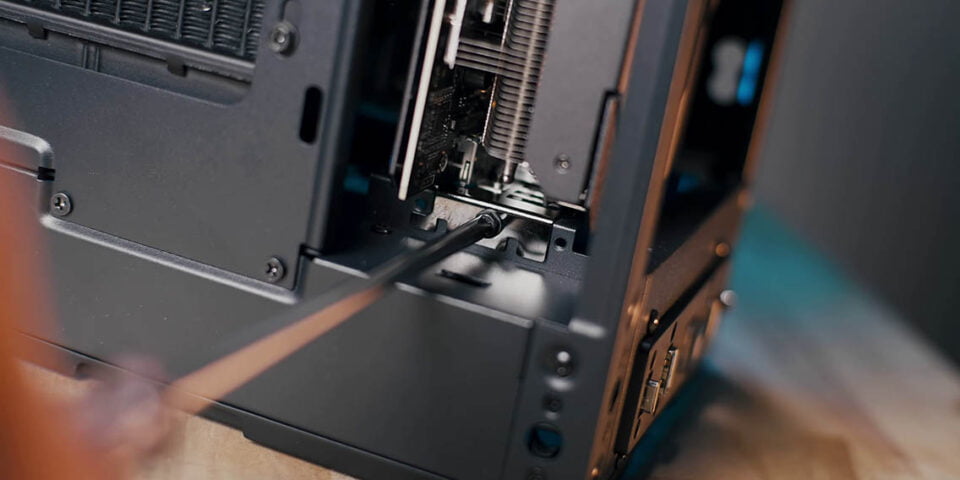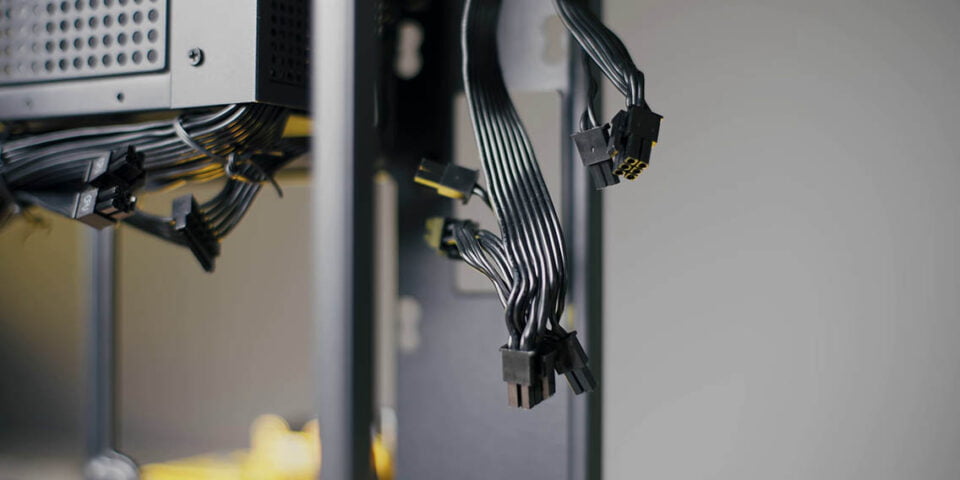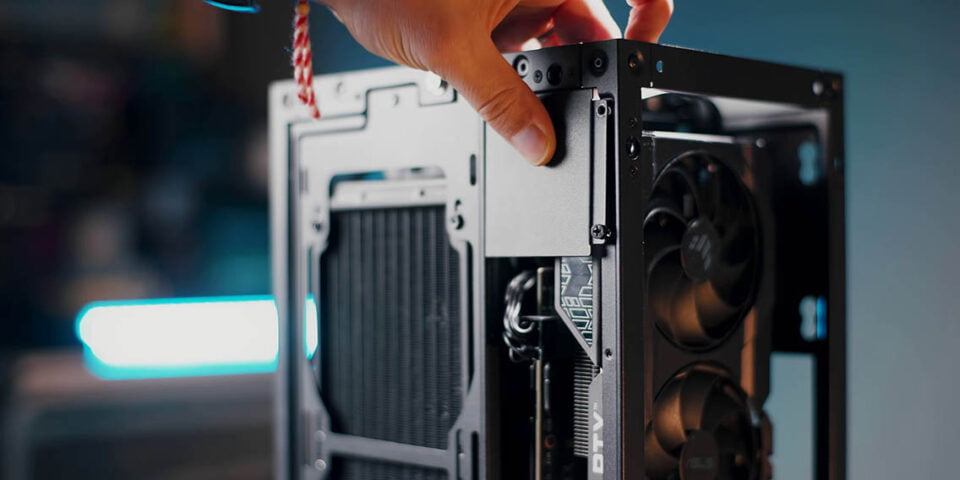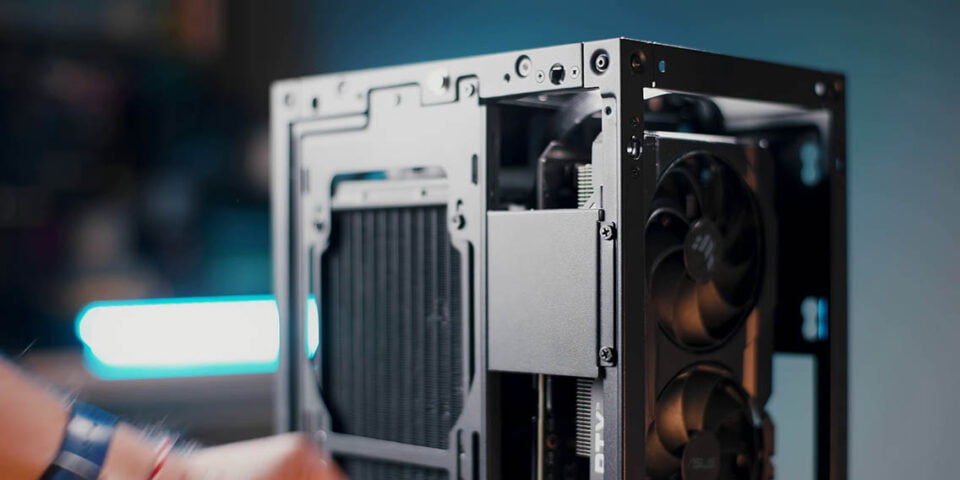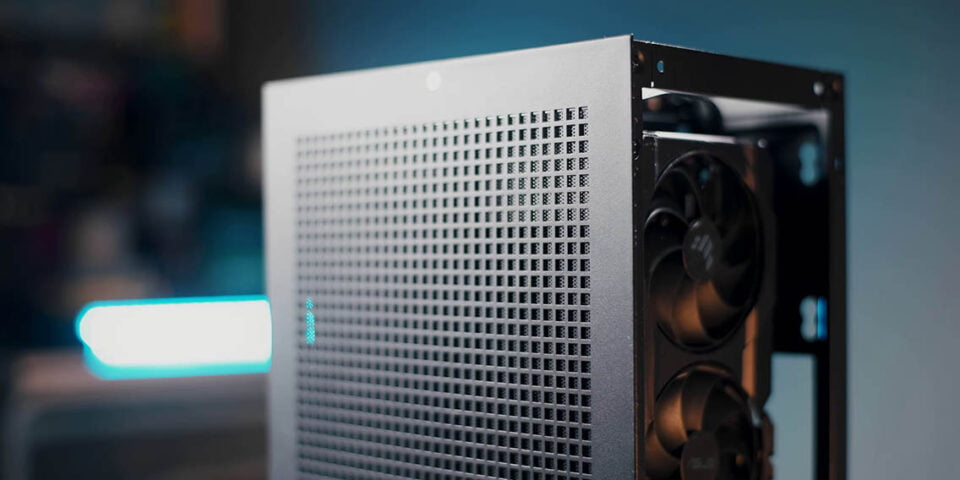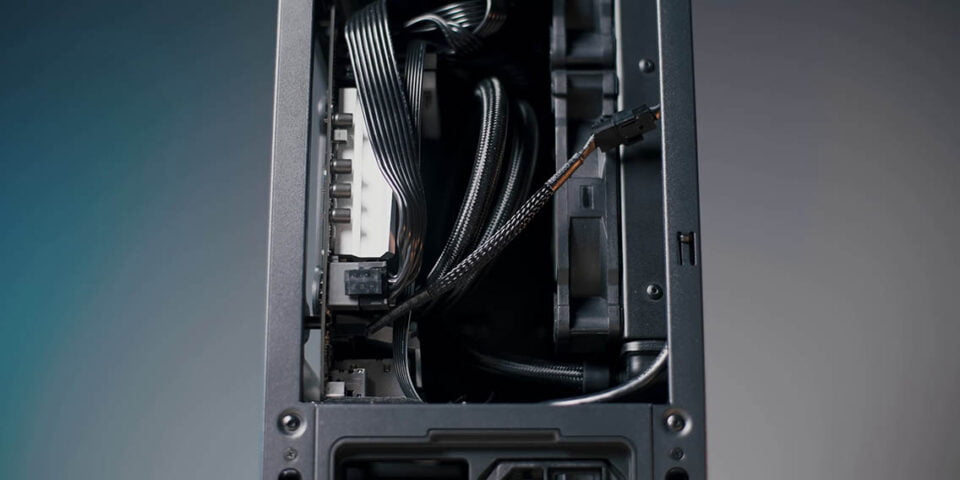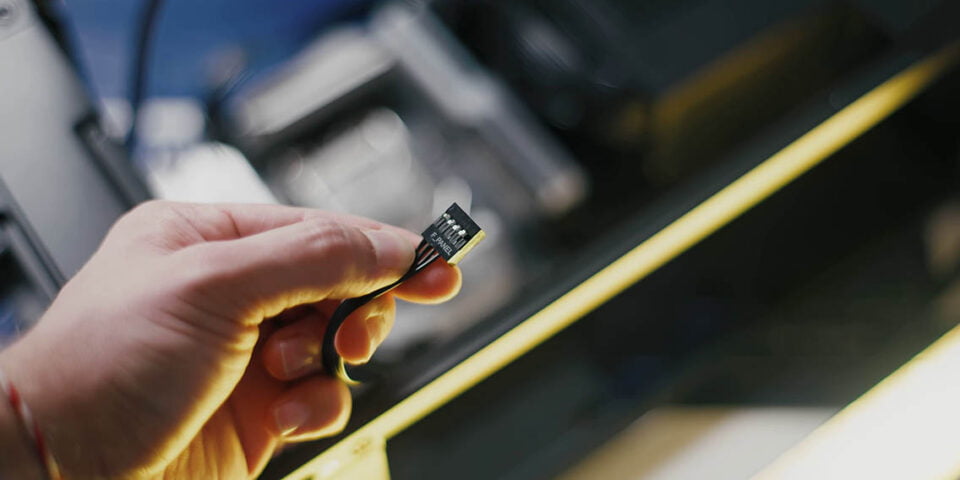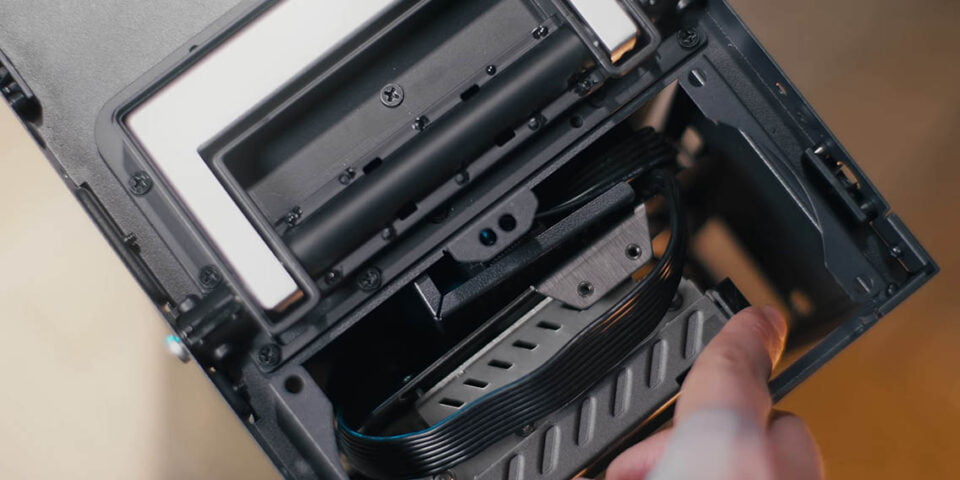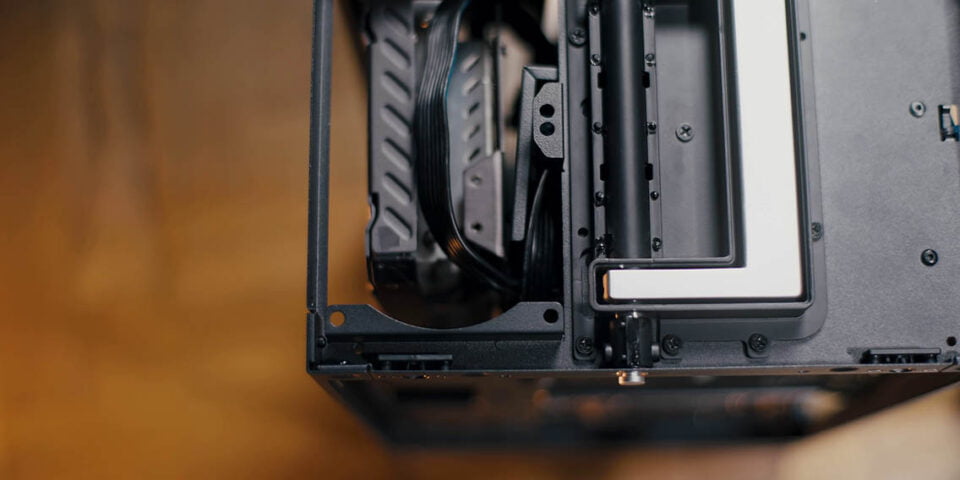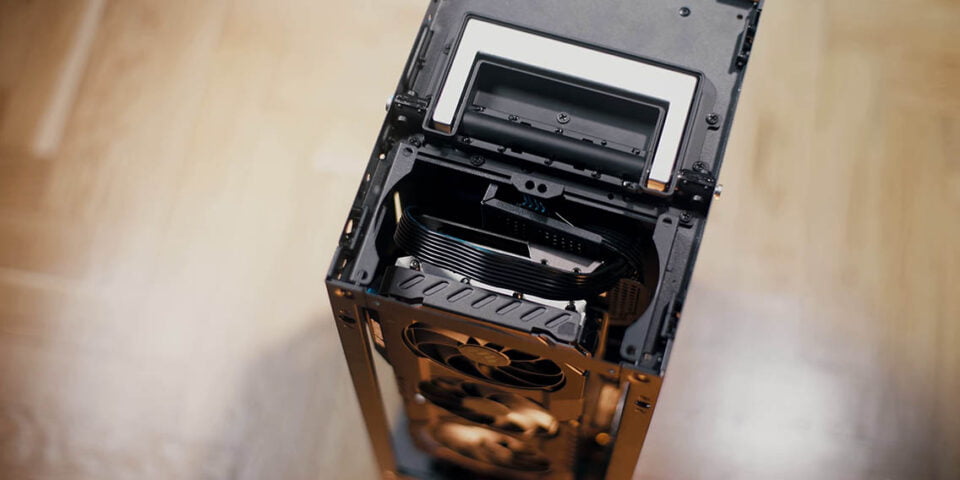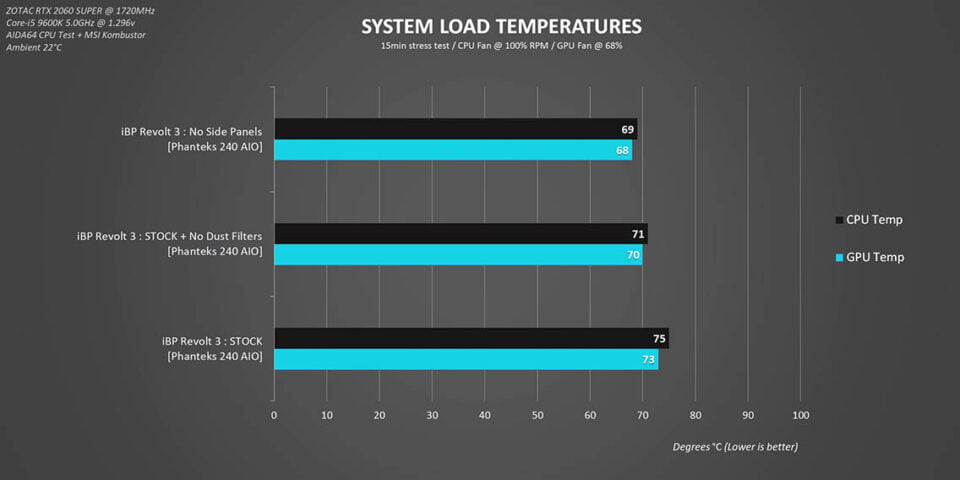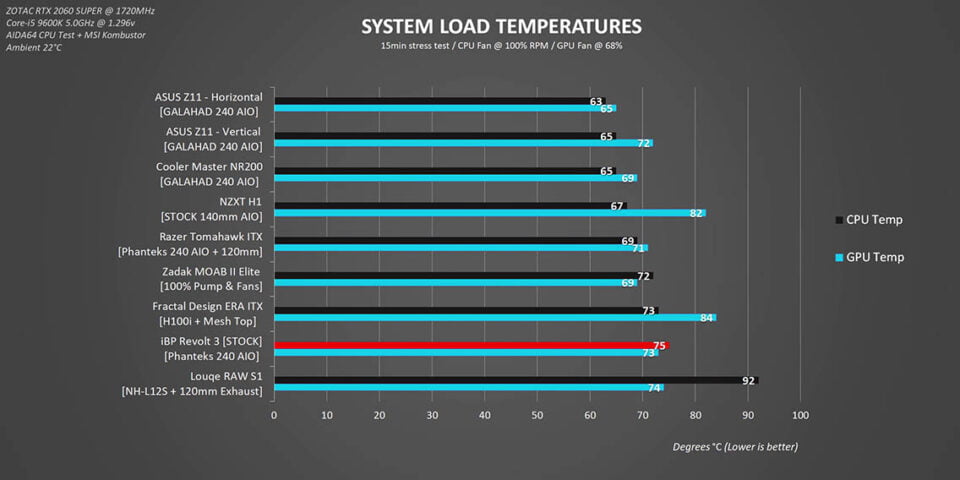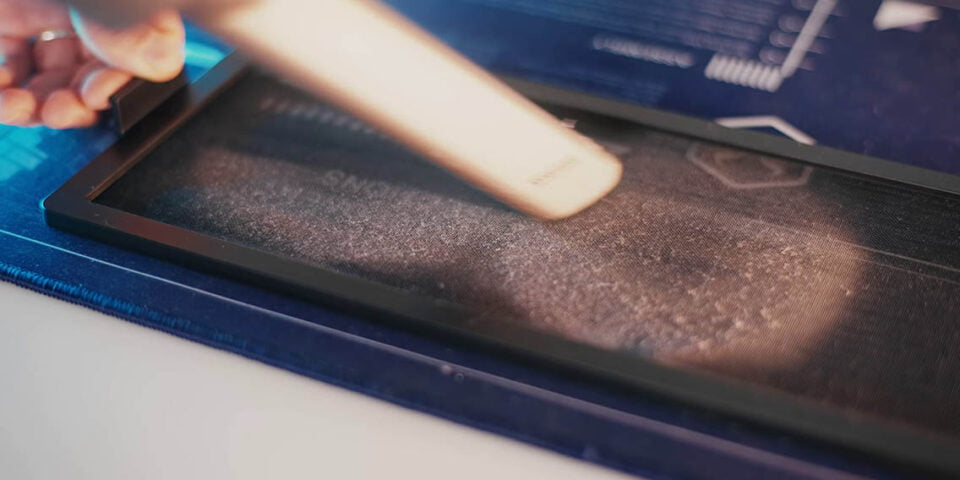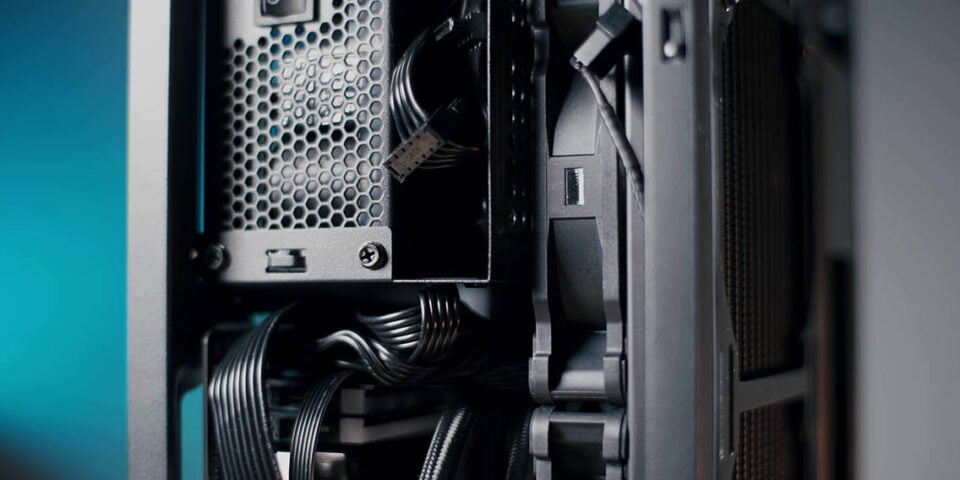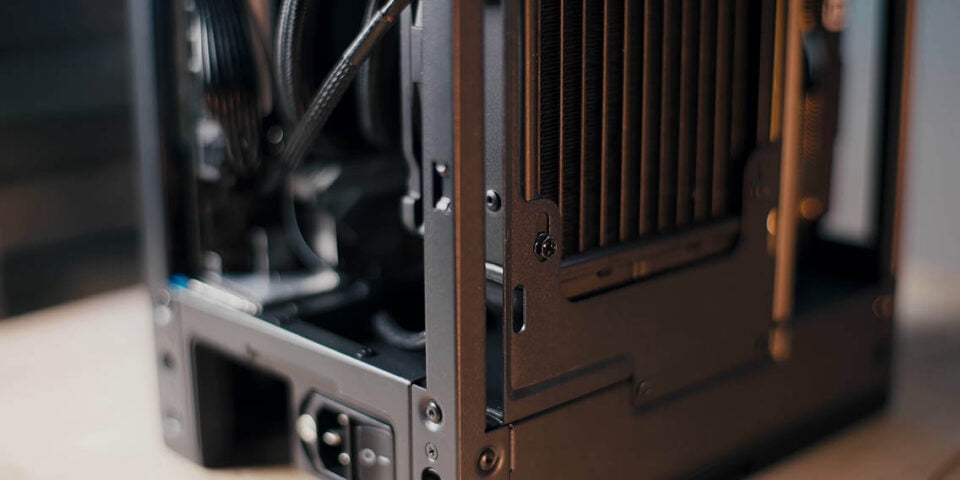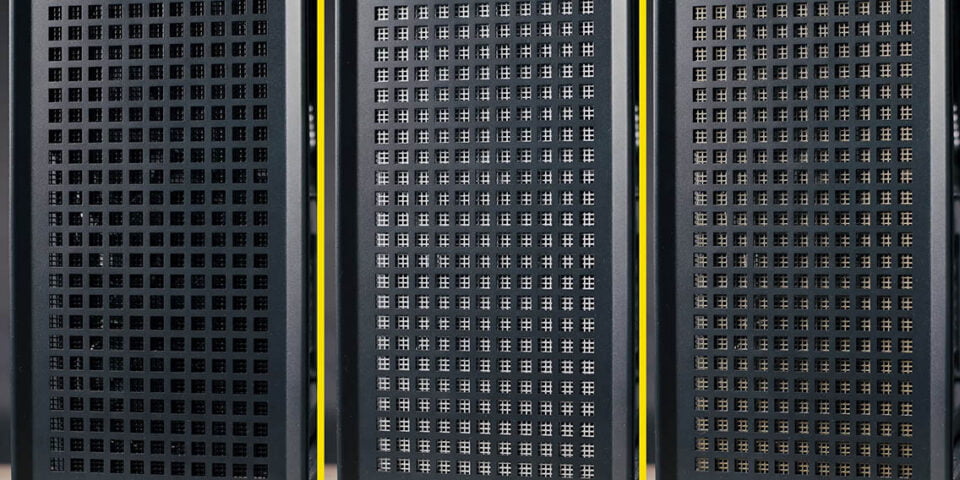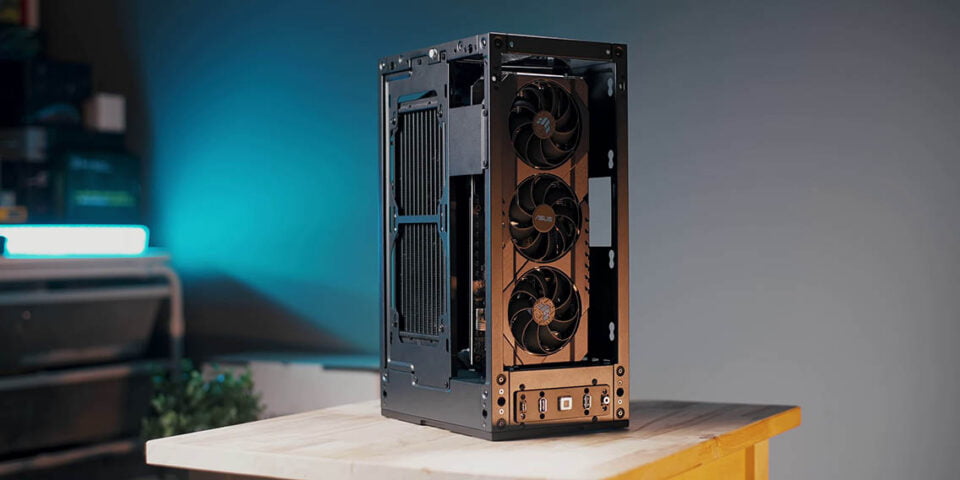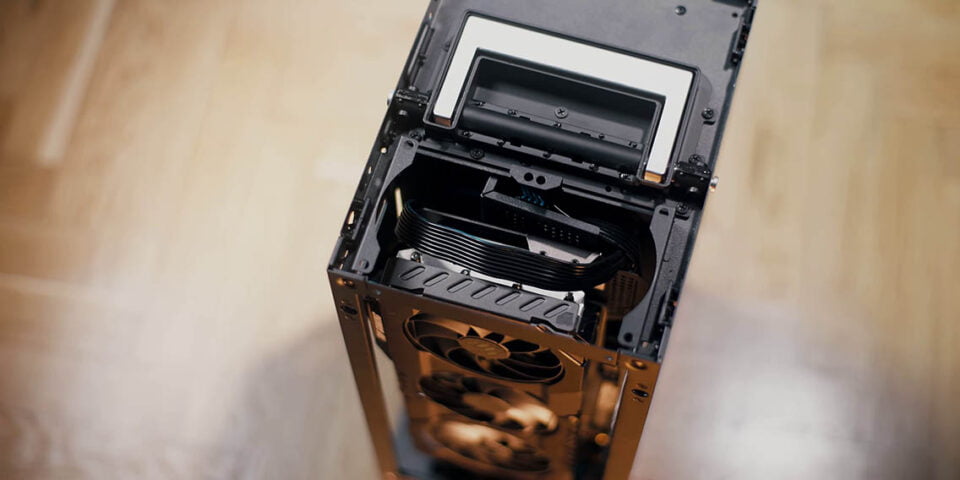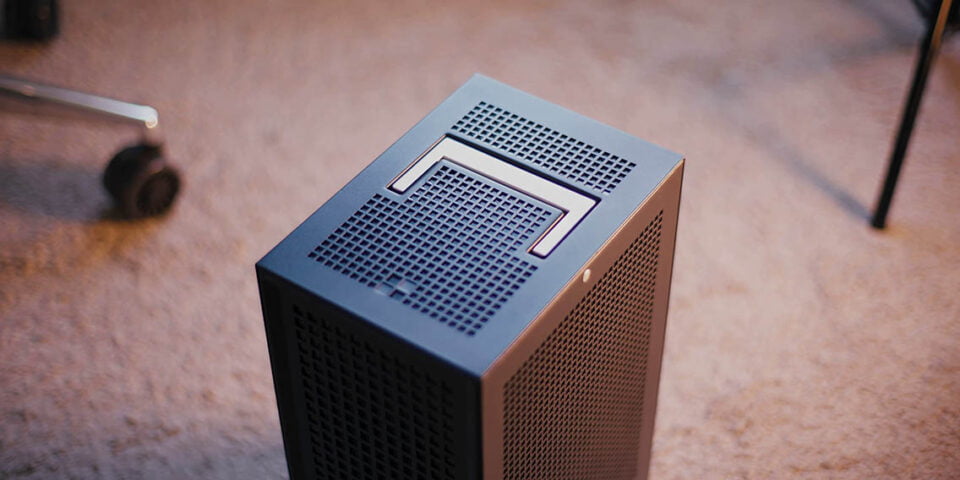A PORTABLE ITX Surprise!

Share:
Today we have a really cool opportunity to check out an upcoming ITX enclosure from iBUYPOWER, who as you know make high-end systems for gaming and production work. Now they are getting into making cases, and this is where the Revolt 3 comes in. They showcased this case at CES, and then it was called the Revolt 3 MK3, but they have dropped the MK3 part. iBUYPOWER will be selling the case as a standalone product under a different sub-brand, but also be including the Revolt 3 in their own full-on systems too. The expected release date is around July 2021, hopefully.
Price & Options
This next part is really important and pretty major for iBUYPOWER and that us where you all come in, let us know in the comments whether or not you would like to see the case with an included power supply for around $200 USD. That would be a 80Plus Gold SFX-L unit with 700W or would you prefer just the case for around $90. Both of those have their advantages, like pre-routed cables already out of the box and you are ready to build if the power supplies included, or use an existing power supply that you already have on hand SFX or SFX-L.
And the second point of feedback from you all would be the colour mesh at the front, whether you would like it black, silver, white-ish looking, or gold. I’m leaning towards either the black or the silver, because the silver does match other elements around the enclosure, but the gold feels cozy and quite a unique, but it doesn’t really match the rest of the enclosure. Let us know which one looks best to you in the comments.
Size & Design
Let’s begin with the size, when it comes to a towering ITX form factors the size is quite important. It is 18.4L so it’s slightly bigger than the NZXT H1, bigger than the SSUPD Meshlicious, and bigger than my Corsair ONE, and actually approaches the size of the Sugo SG14/15 from SilverStone. It’s really that narrow form factor that kind of slims down case visually.
In terms of design, we have this vertical tower with some resemblance to the now recalled NZXT H1. Ventilation is all around with no glass option available, so kind of following the Meshlicious steps with this square ventilation on all panels, with larger cutouts on the GPU side, which is your front side. That is also the side where the coloured mesh would be placed. It is metal, it is quite coarse, so not exactly like a dust filter, and it is a bit of an airflow barrier too. As you will see later. As for all other sides, they are dustproof with these coarse magnetic filters that slide into each panel and all panels are tool-less and removable with ease.
The only branding element is at the front with the iBUYPOWER text and on these convenient retractable headphone holders, which are available both sides. They are low profile, offer good functionality, but a bit scratchy when you pull them out. But this is still is a prototype so hopefully that will be fixed in the mass production. The next element I appreciate is the handle, which is on this push to release mechanism, and it can hold the weight of the entire system no problem. It would be nice to have the actually weight capacity somewhere underneath the handle to give you a bit more confidence about how much it can carry.
I love the inclusion of a power switch at the back, we don’t normally see this with power extensions, but it’s nice to not need to switch the PSU on/off on the actual power supply inside. The front I/O is adequate with dual USB 3.0 ports, a 4-pole headset jack, and this USB-C Gen2 port which turns out to be an extension that you must plug into your motherboard I/O instead of the internal USB-C. However, we were also informed by iBUYPOWER that they are thinking about including a separate Type-C for the internal connection, and that swap will require only two screws, which is kind of cool because now what you can either plug it into the motherboard I/O or into the internal USB port, which is something smart. I haven’t seen any other company do that. We saw the RAW S1 include the USB-C extension into the motherboard, but I like this dual approach.
The Insides
Let’s move inside, and I find this to be a really user-friendly design that smartly utilizes room for the largest components. The included power supply is up top with pre-routed cables, support for SFX or SFX-L. The ITX motherboard is going to be underneath with I/O facing down, and the triple-slot GPU is on the side without the need for riser cable. And that’s a big plus for new ITX cases to avoid costs and also compatibility issues. As you know PCIe Gen4 riser cables might introduce some black screens and you have to pop things out to fix that, and I appreciate that there is nothing like that here. We have good radiator support as well for the CPU, with a swivel radiator bracket that supports 240mm and 280mm radiators with a total about 58mm of clearance available for radiator and fan thickness. You can also install a CPU tower heatsink up to 140mm in height.
As for storage, we have two 2.5-inch SSDs behind the GPU, with this large cutout in the middle for your SATA cables, and a 3.5-inch mechanical drive slot beside the power supply. This space is actually really useful for storing your cables instead of the hard drive, but the option is there if you need it. And here is the full spec rundown, it’s a quite impressive for a case under 20L, but also nothing out of the ordinary. This is the type of a compatibility we have come to expect from cases this size, and it’s just a matter of how is the user experience? And what’s the cooling like? That is what really separates one case from another.
Assembly
As for the assembly, can I just say how nice it is to have all your ITX linked cables already pre-installed. I guess that is one of the major advantages of having a power supply already included in the enclosure. Some SFX power supplies still have those massive long cables, while here everything is that ITX length. There is no extra length you have to slide somewhere and find room for, everything is precut to your ITX system. But I really do not like working with this style of cable, which are that low-profile really stiff cables that are really difficult to come compress and like stash away in places because of that already dense cable. Beside that the only other hurdle was the pump installation, because you need to rotate the pump to twirl the tubes so they don’t hit the fans.
Also, there is no way to actually lock the radiator bracket in the open position, so I would actually recommend you install the pump and the rotate the radiator. The radiator bracket is removable, so you could go that route, but still it would be nice to have the radiator bracket kind of lock in the open position so it’s not constantly falling down.
The GPU space is large and roomy and open from all sides with accessible screw points, the PCIe power cables exits from 3 different locations near the power supply, and the cable cover at the very top to compress your PCIe cables to make sure that the PCIe cables don’t bulge out and prevent that side panel from closing. It’s a smart design, I appreciate those small touches.
Cable management is mostly fine, but I don’t like how the front I/O cables cannot pass underneath the motherboard since there’s no cutout, instead they must cross the motherboard. Cables exiting the power supply also have very little room until that cable cover in front of it. The PSU guard bulges with all the cables that prevents it from locking into that lower position, and this pushes into the GPU space a little bit. This is one of those things that is kind of expected on a prototype, but 100% needs to be refined on a mass produced sample, and based on our conversations with iBUYPOWER they will be reinforcing that whole power supply shroud so that it will not bulge.
One more thing is that you can remove the top panel where you can reveal these dual fan slots, which can handle 80mm fans on the left or the right side to help with GPU cooling. This bracket will be removable if you are not using that space for fans ad it will give you a little bit extra clearance for the GPU.
Cooling Performance
Thankfully temperatures overall are under control, but I would love to see better dust filters included all around to improve performance. These coarse filters are quite cheap and they block a lot of air. I would love to see high performance fine mesh, like we see on the Corsair 4000 and 5000 series, to be included here instead. When we look at the performance versus my entire ITX stack, in this prototype stage it’s a little bit underwhelming for the CPU while the GPU is perfectly fine and under control. When you have no other means of exhausting the air but the radiator, it does mix in with a heat output from the GPU, which explains the hotter temperature versus the Razer Tomahawk ITX where I use the same cooler, but there was an additional 120mm exhaust fan.
Also with the Revolt 3 the top radiator fan is mainly blocked by the hard drive cage, and I would love to see a slight redesign of the bracket to slide down that 240mm radiator to give us a little bit of extra clearance on the interior.
Conclusion
Before I conclude remember that I would love to hear your feedback on whether you would prefer the case for $90 USD versus case plus power supply for around $200 USD. Plus your thoughts would be appreciated for the colour options for the front mesh on the GPU side.
Now overall my experience has been quite positive with this prototype. It checks off many boxes for like a fresh 2021 ITX release in terms triple-slot graphics cards, up to a 280mm radiator on the inside, overall good cooling, I love the handle, I love the addition of headphone holders on either side, and the overall accessibility and user-friendly design is all there. It definitely needs refinement, this is something we have communicated to iBUYPOWER already, but for a standalone $90 ITX vertical enclosure I think it’s pretty competitive.


